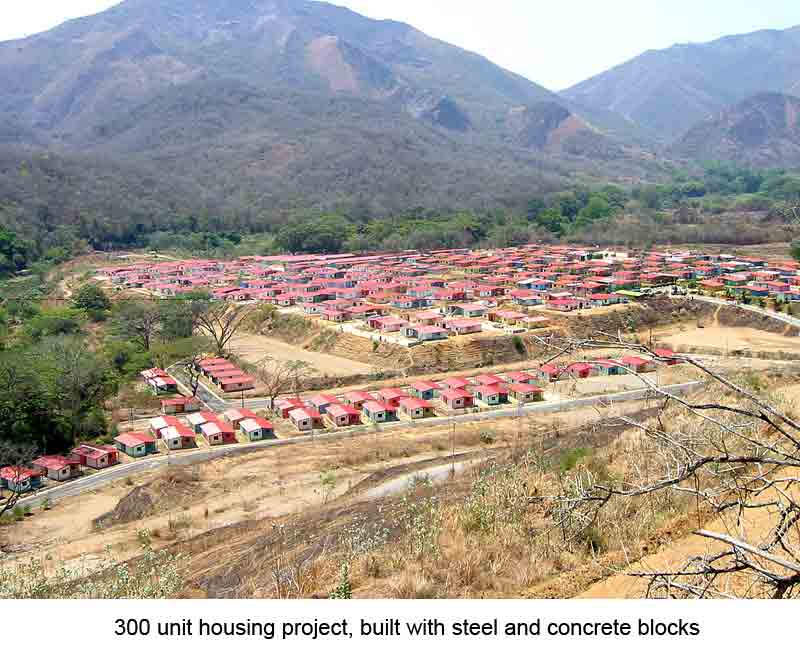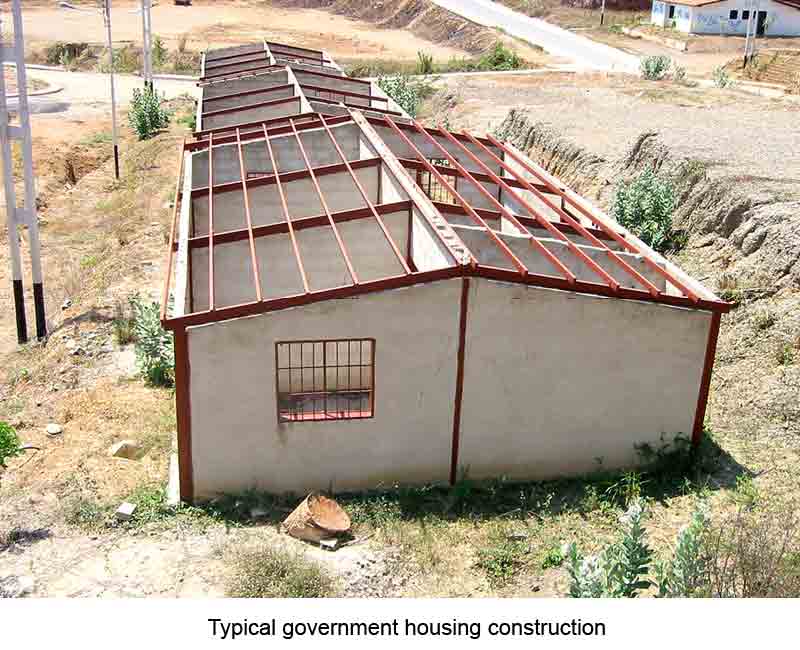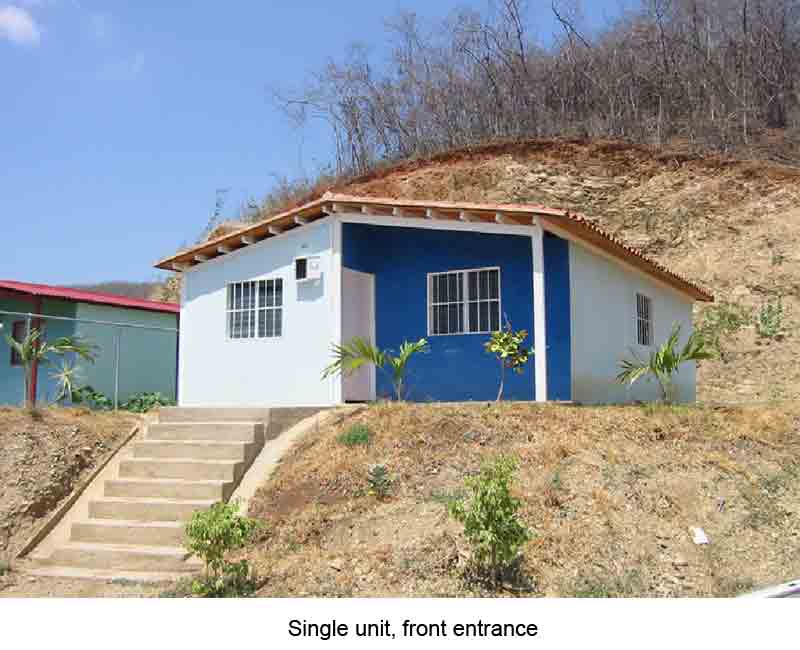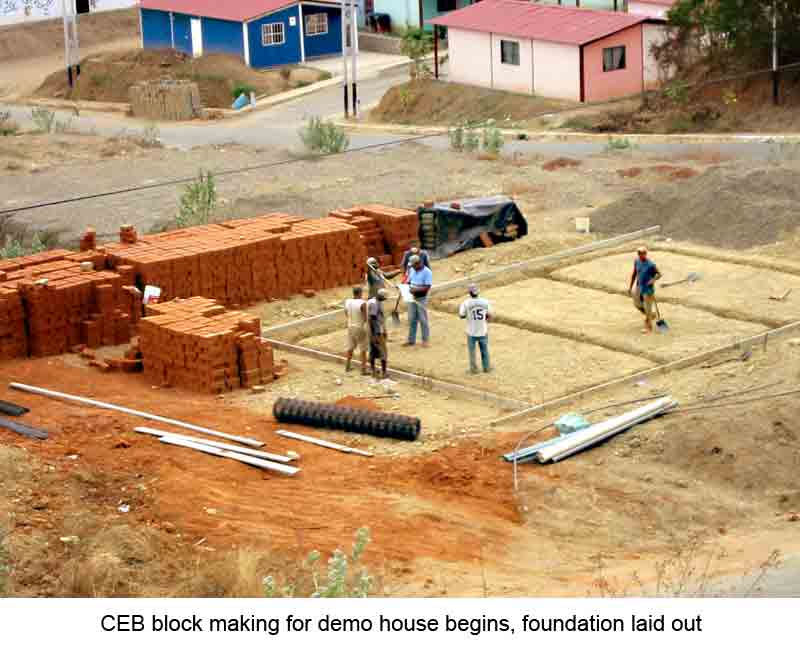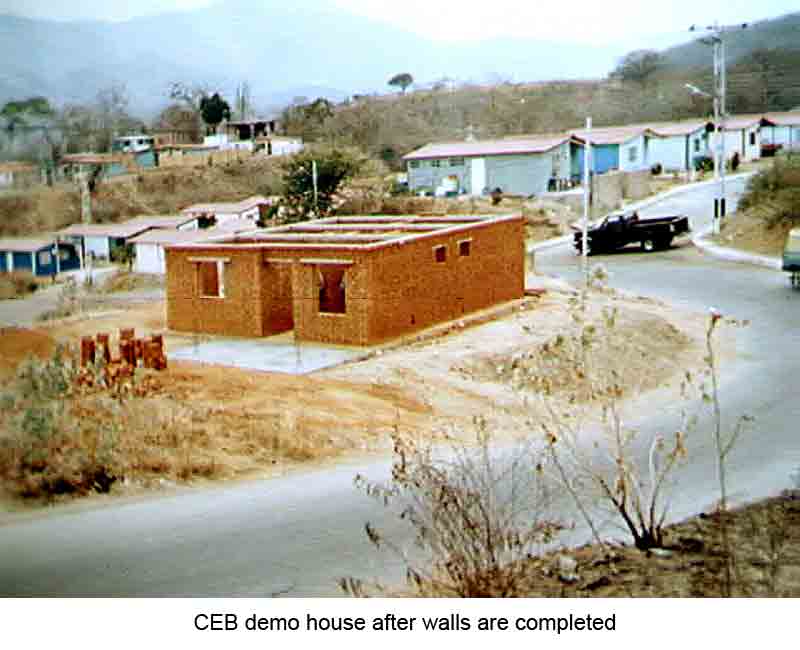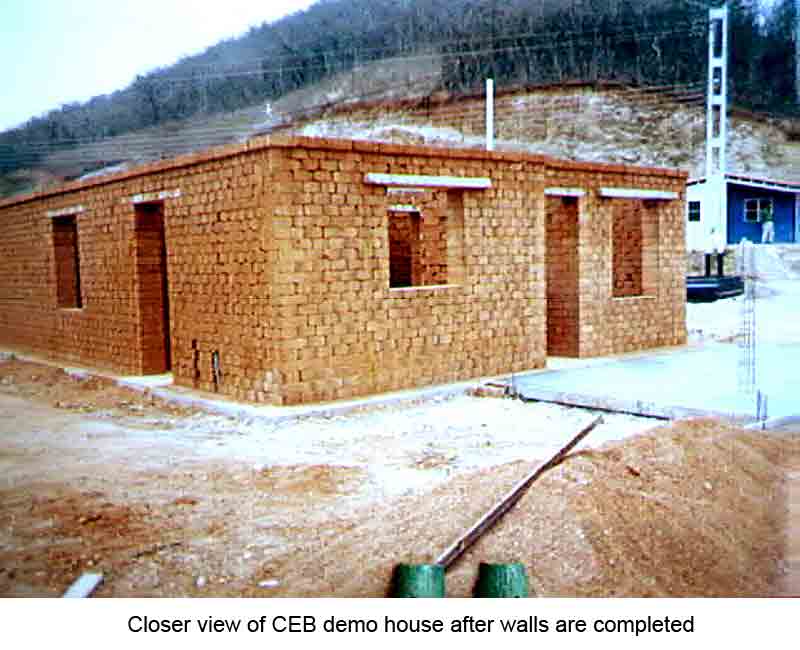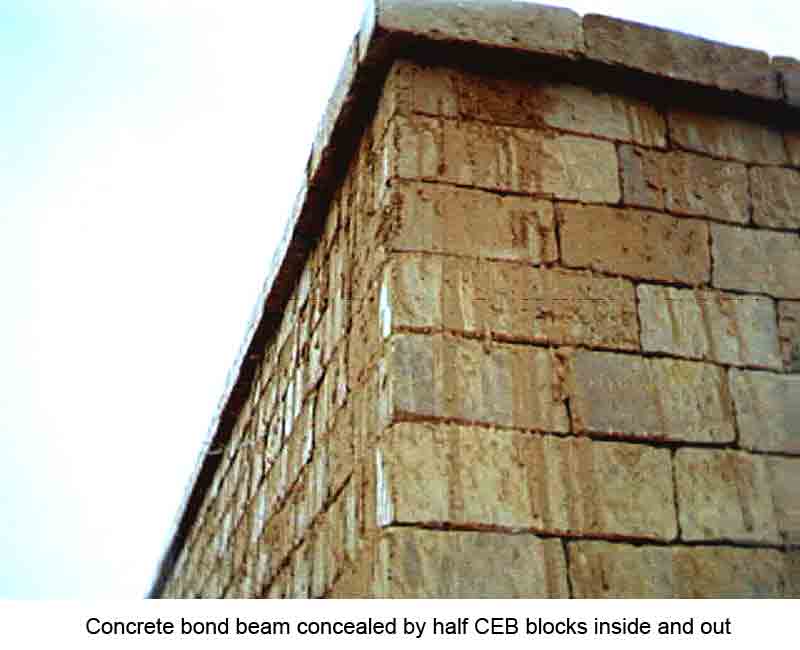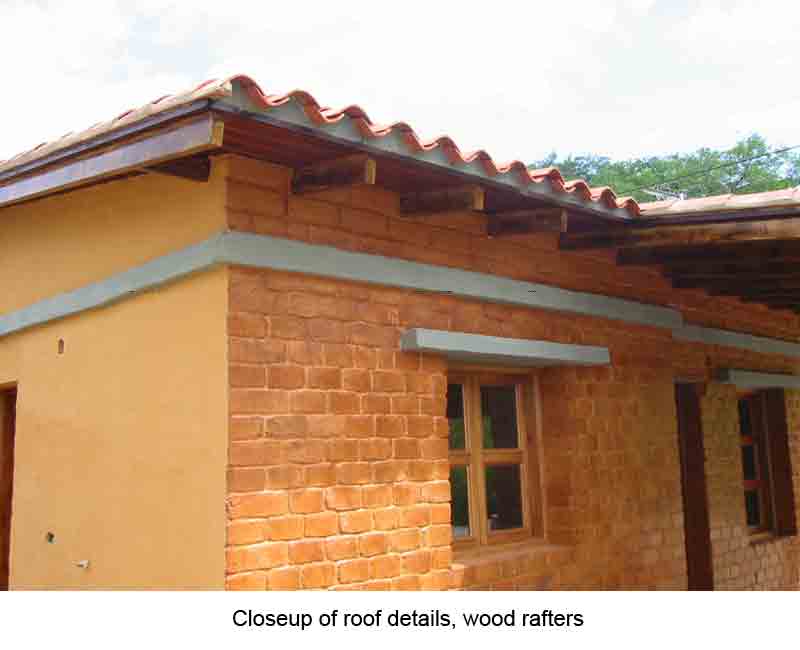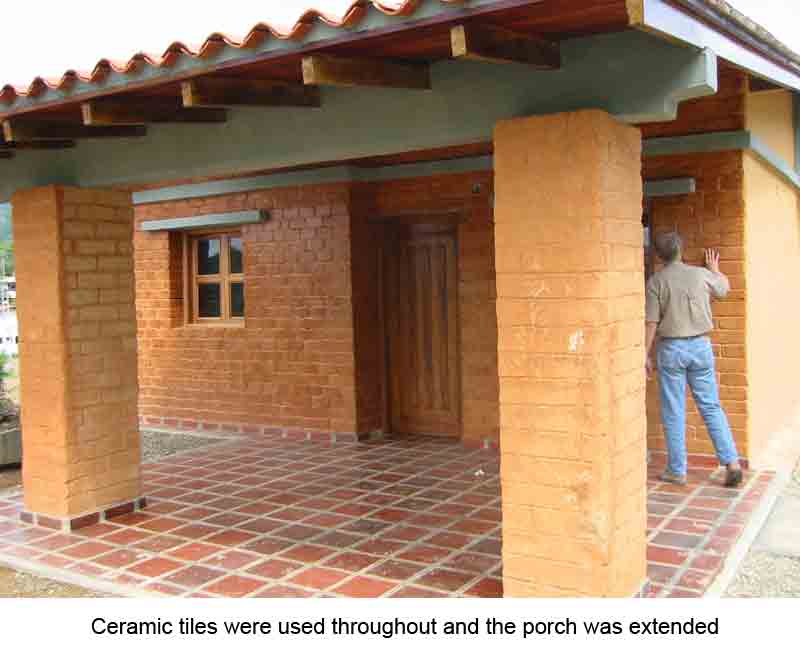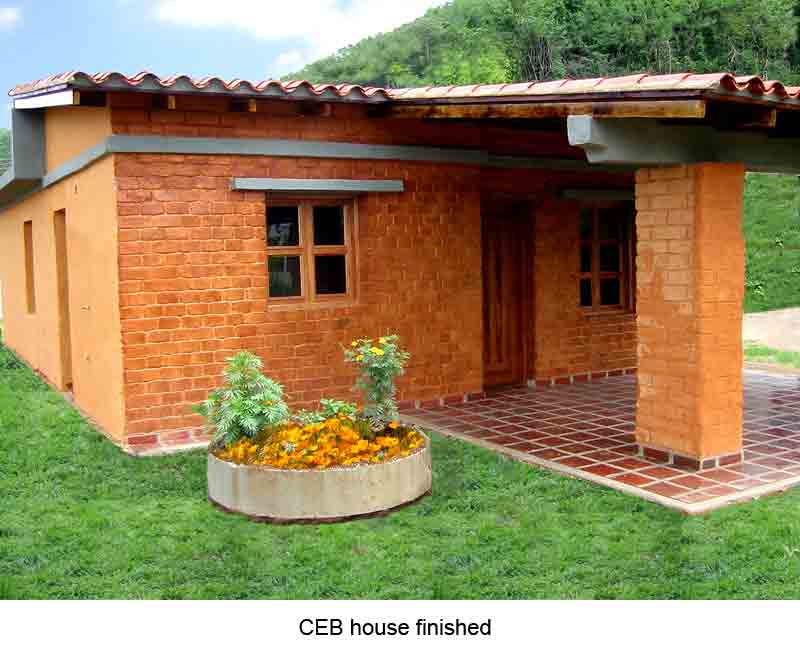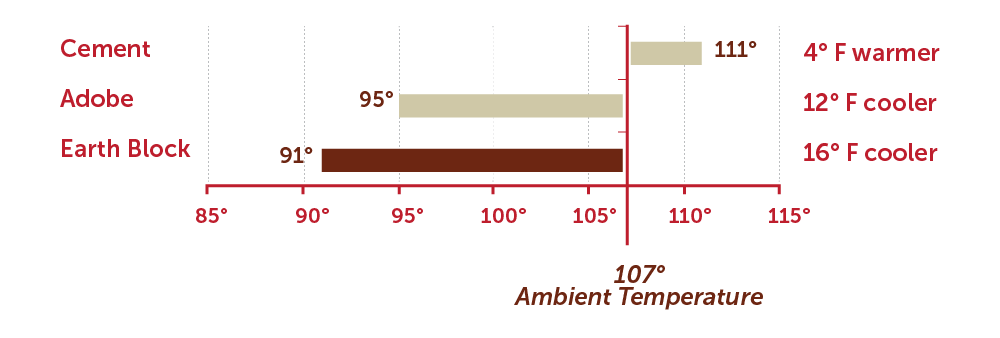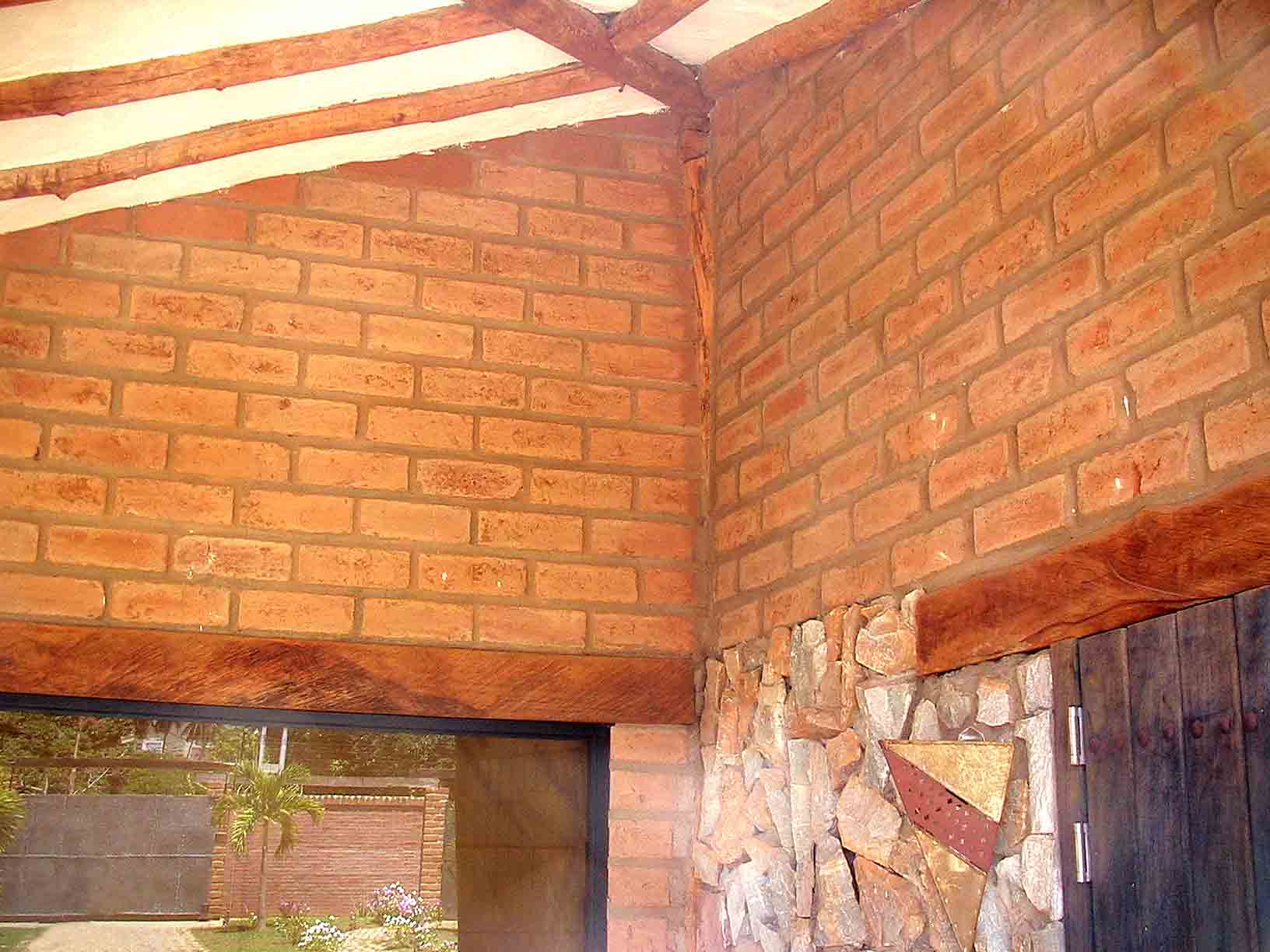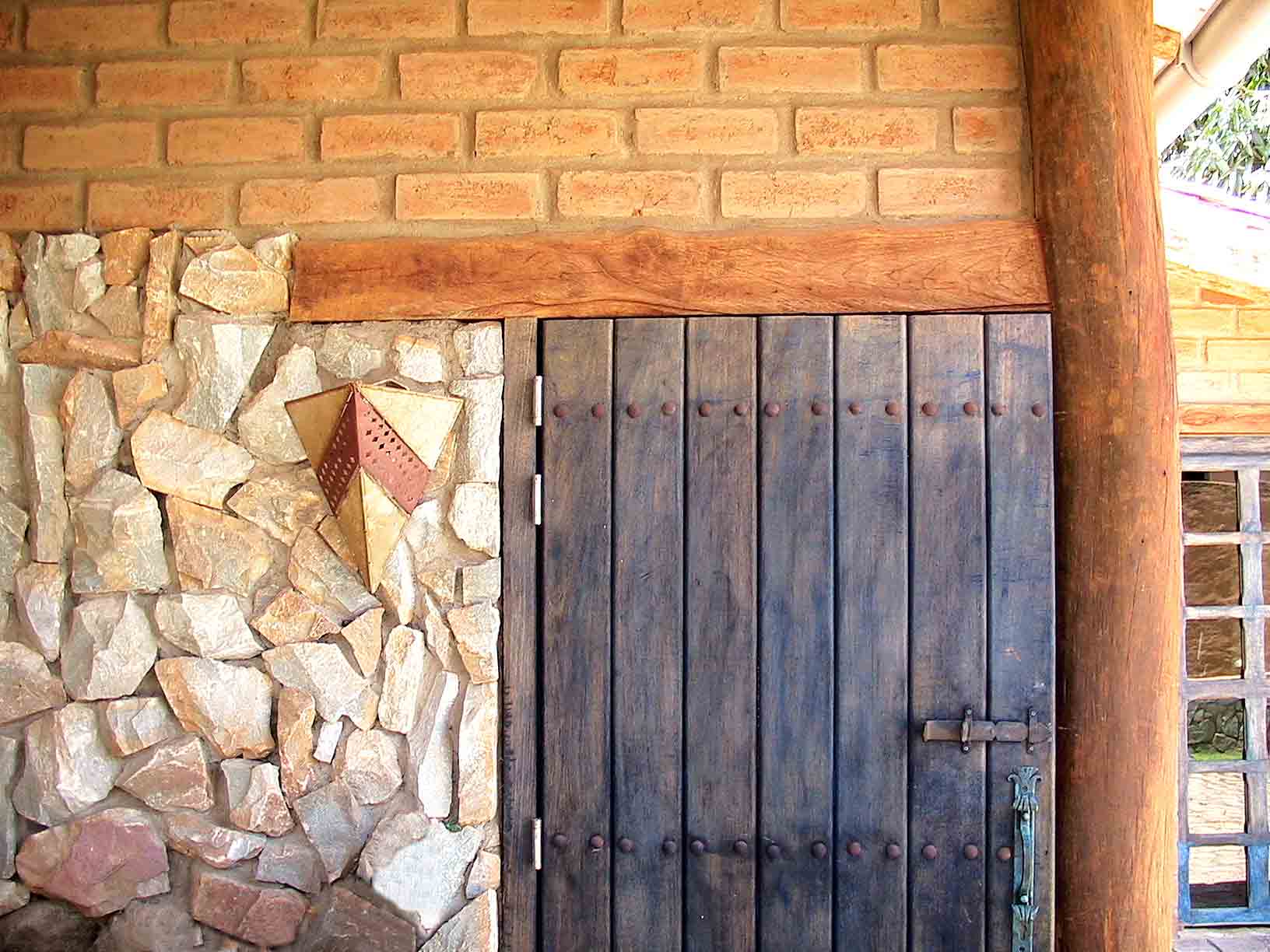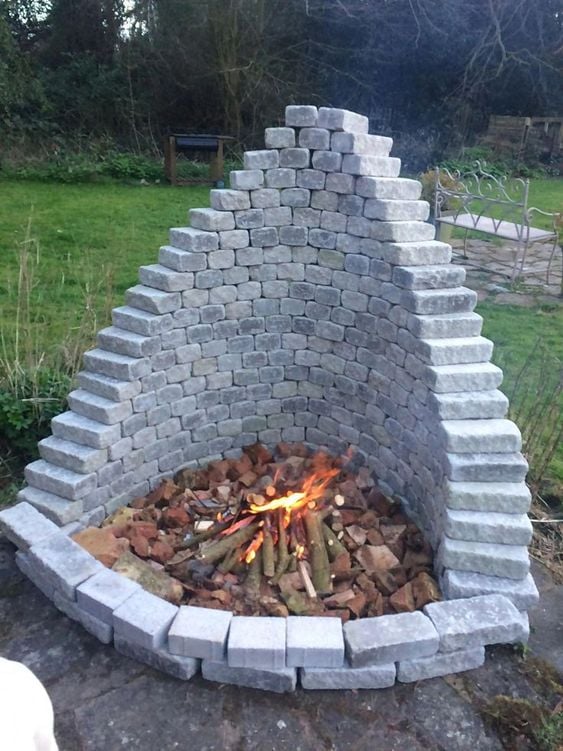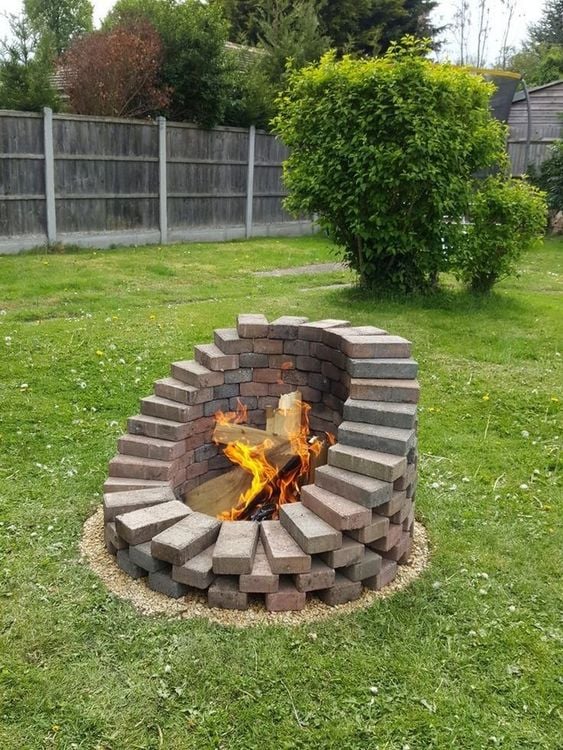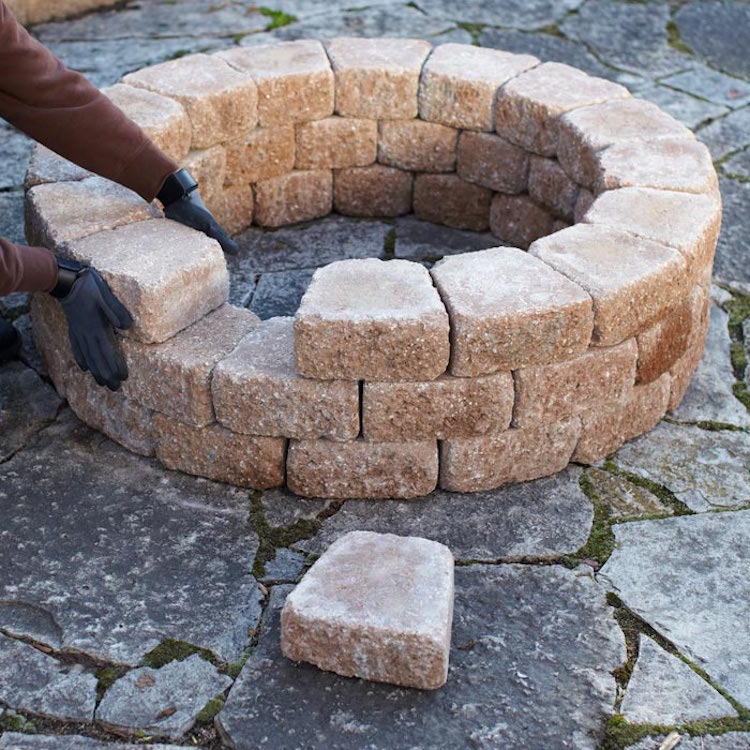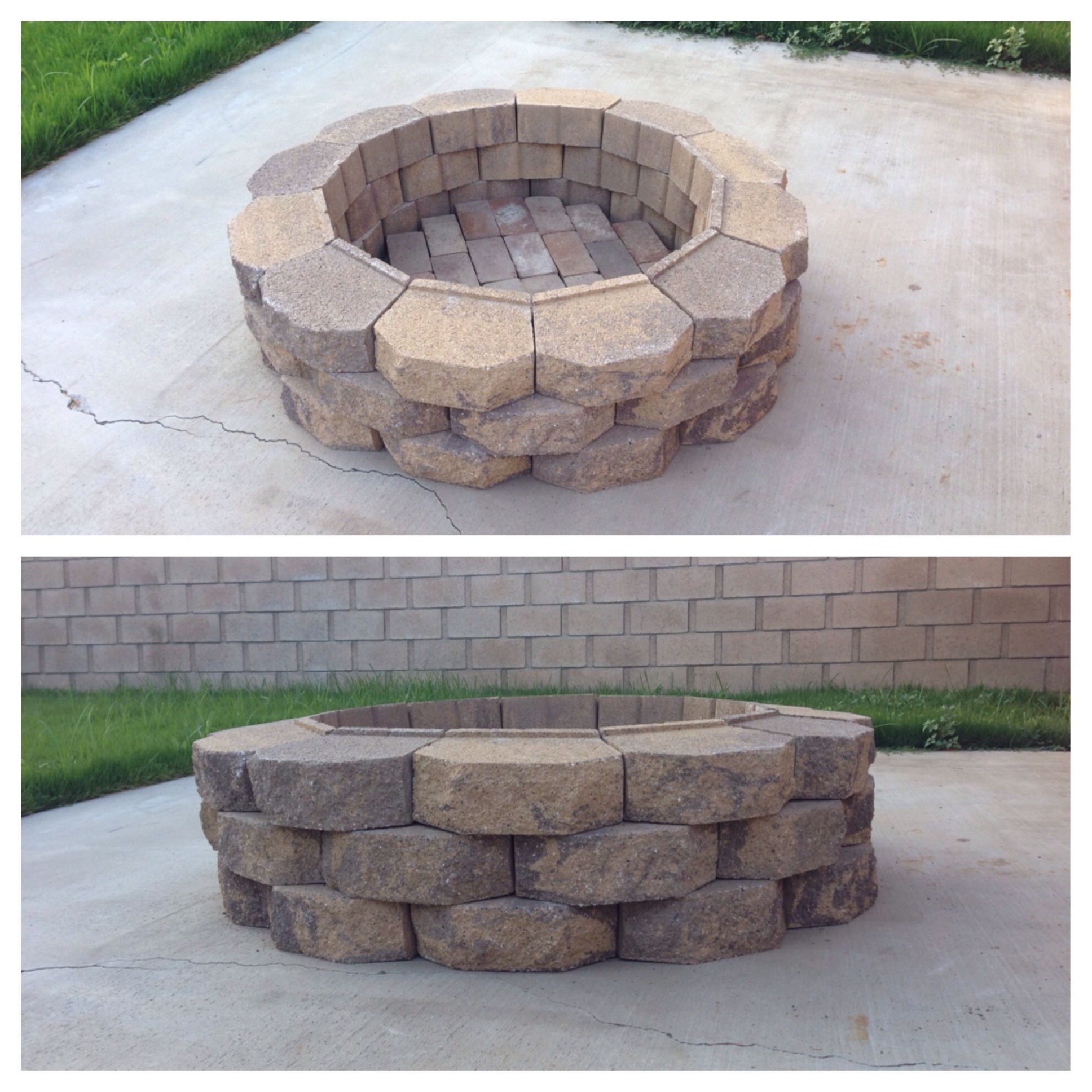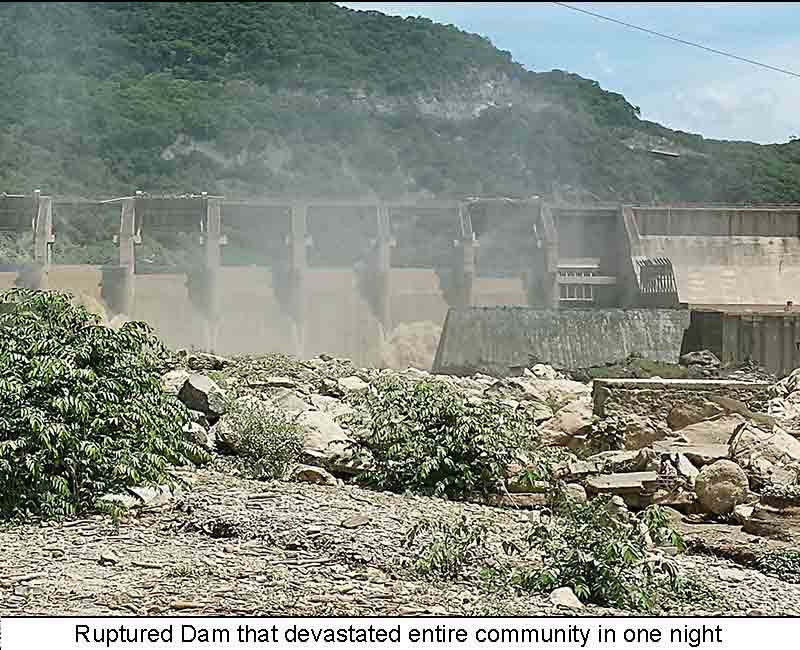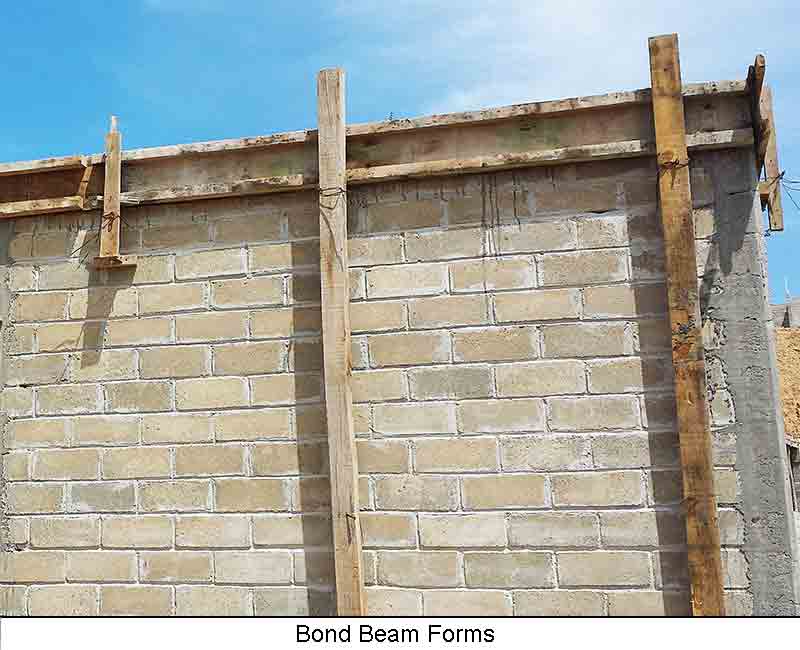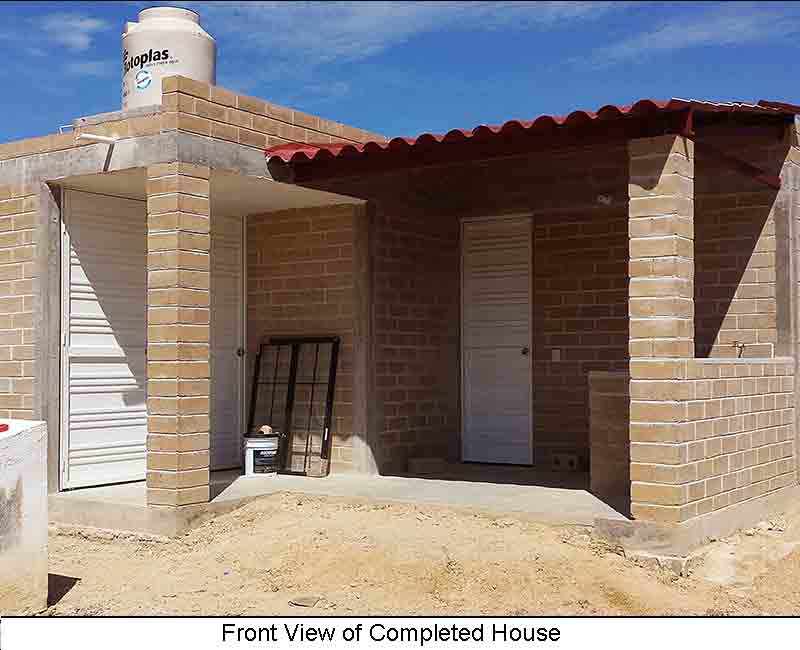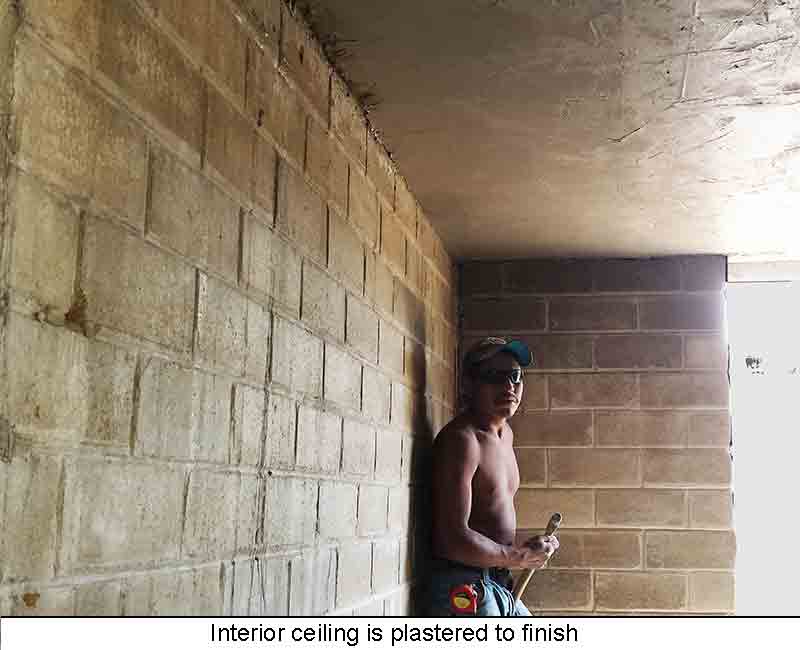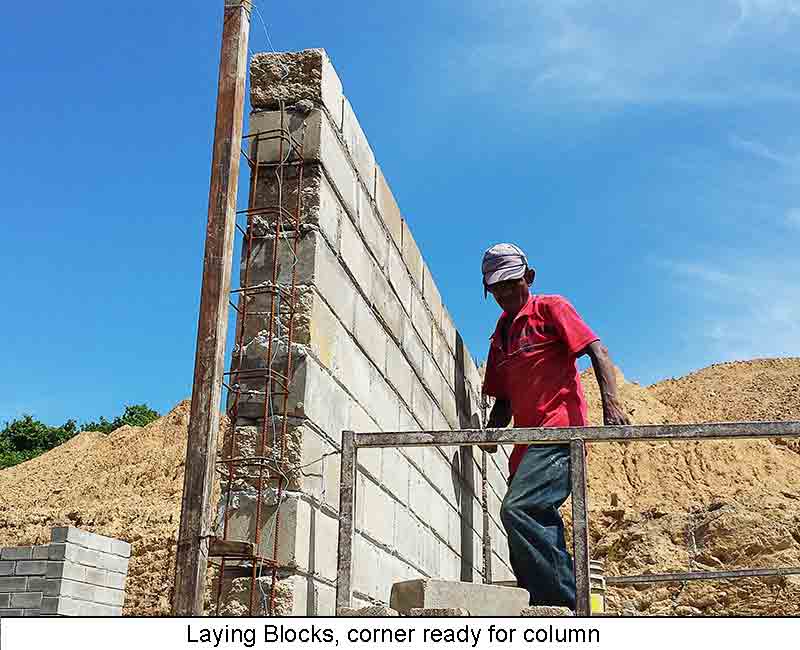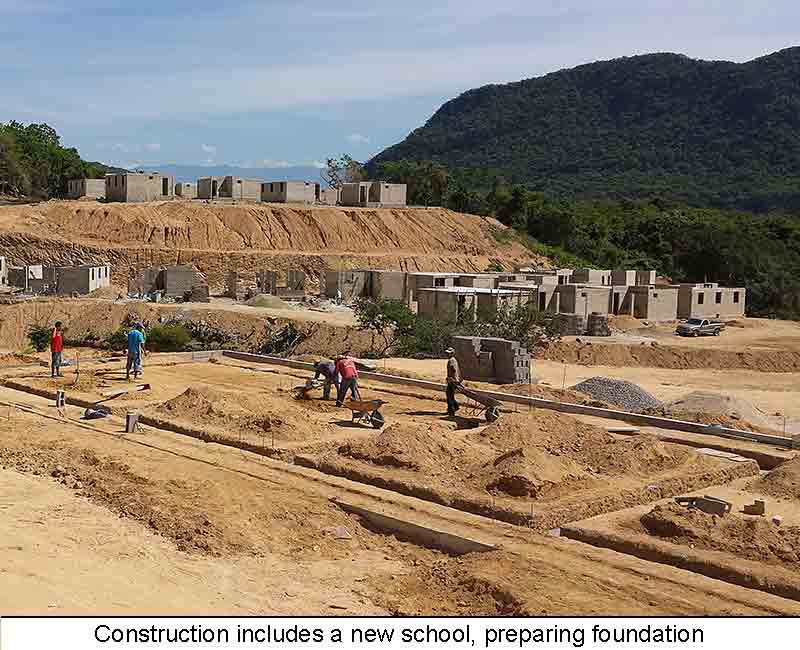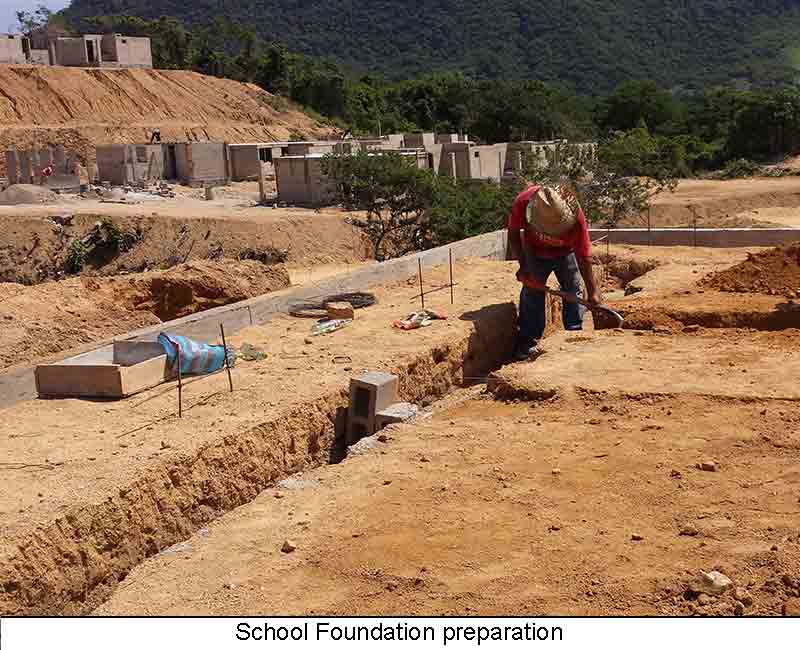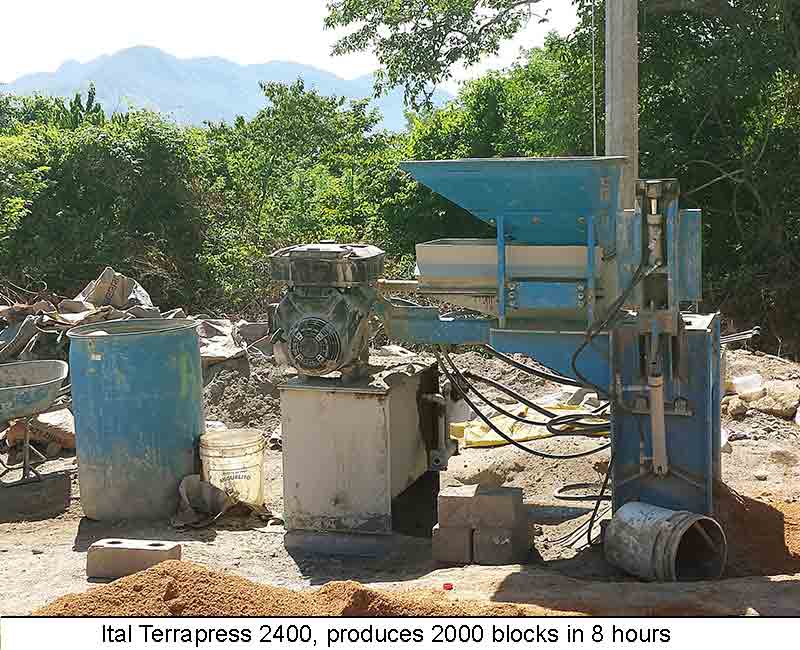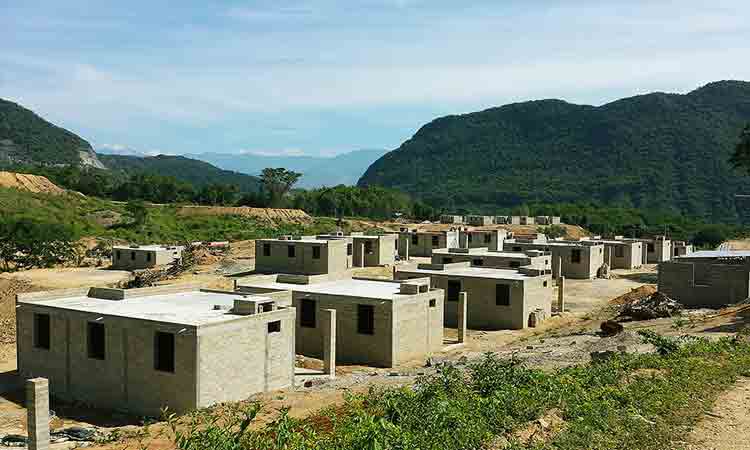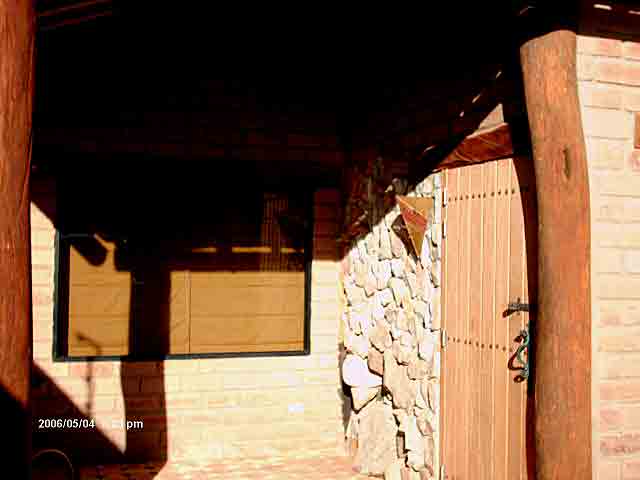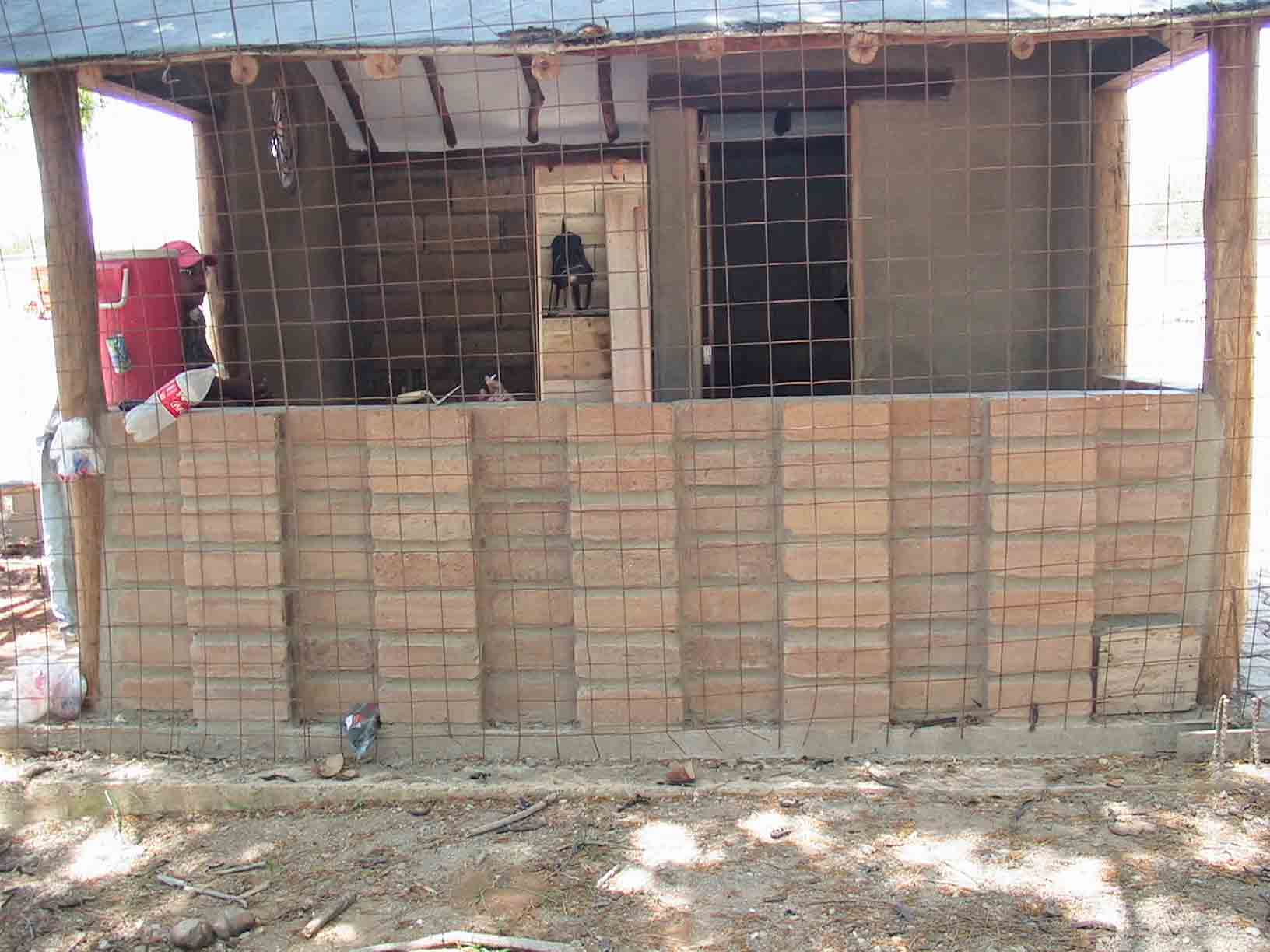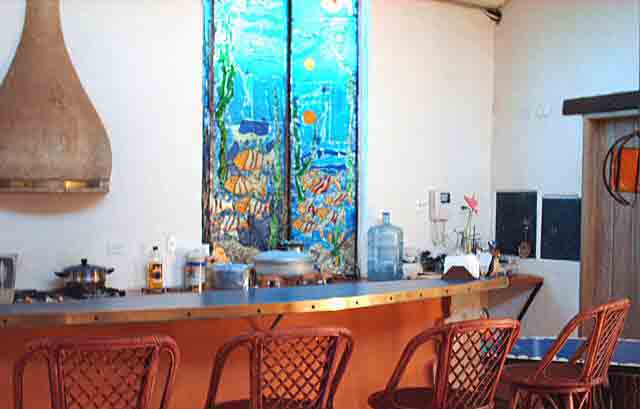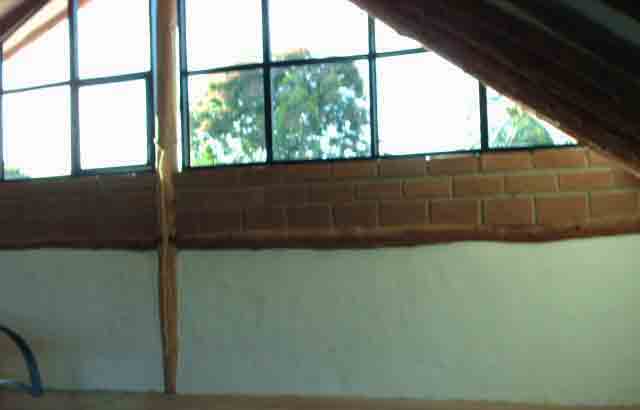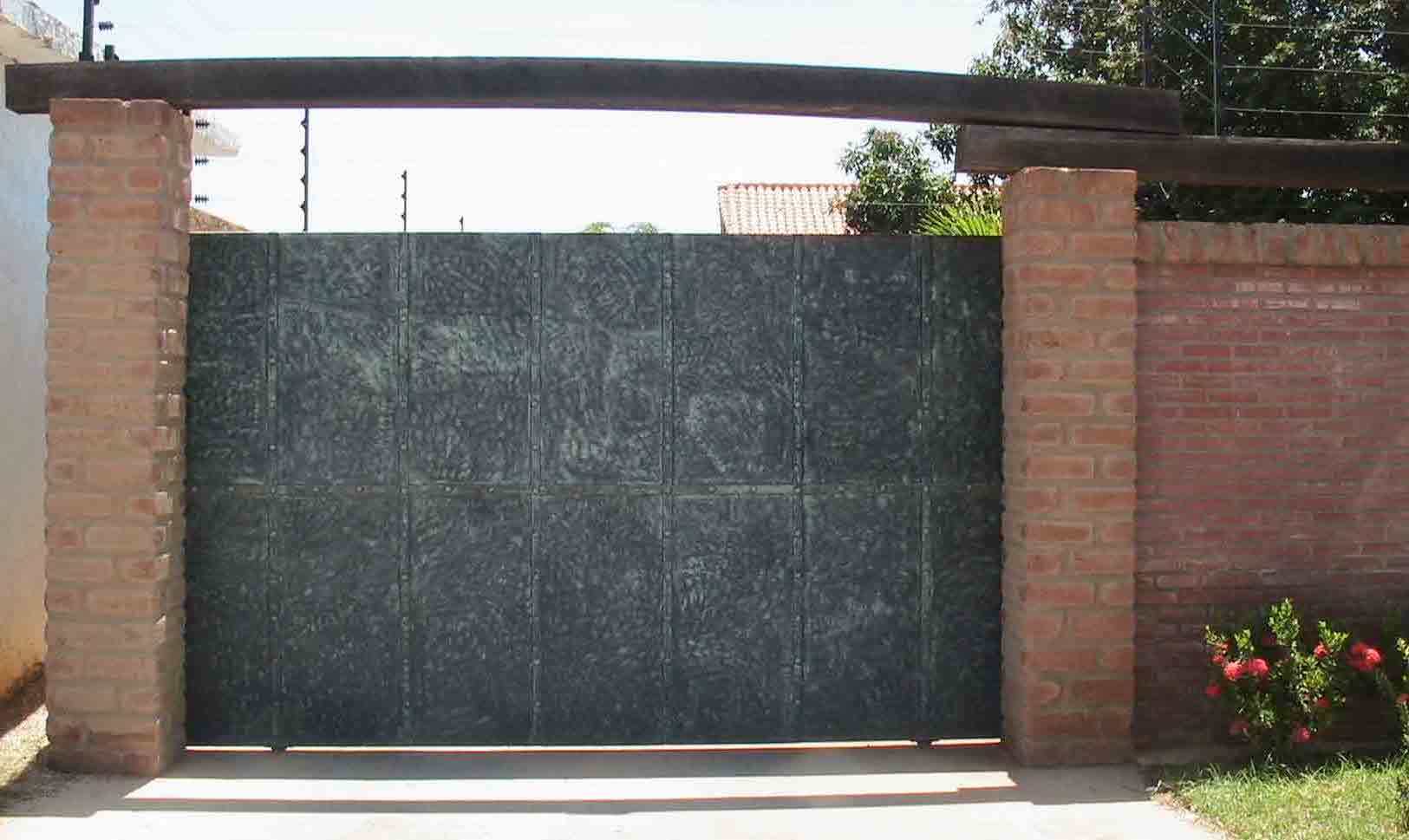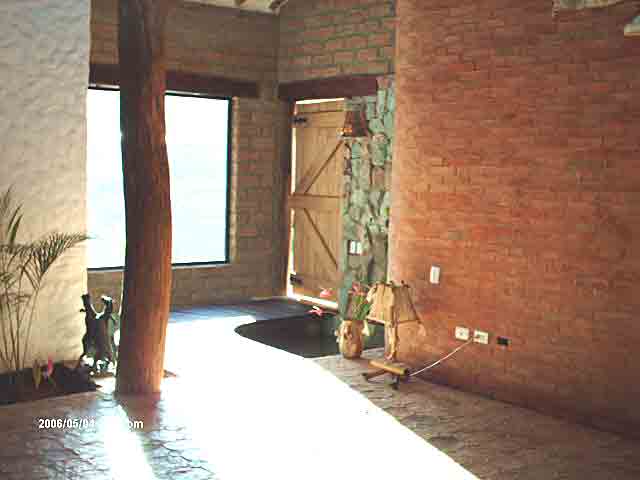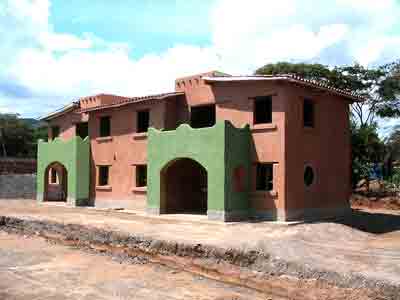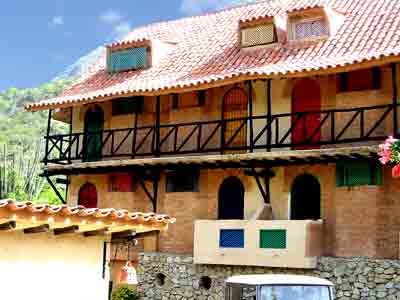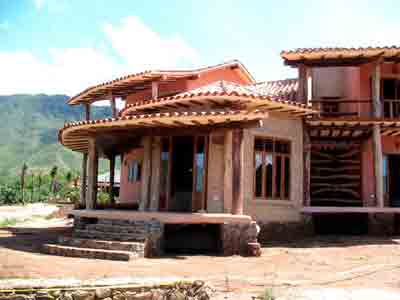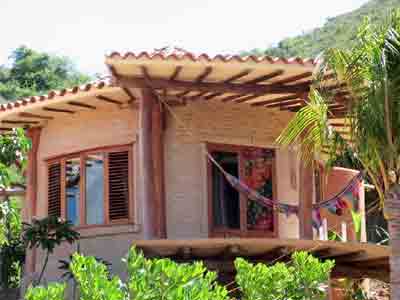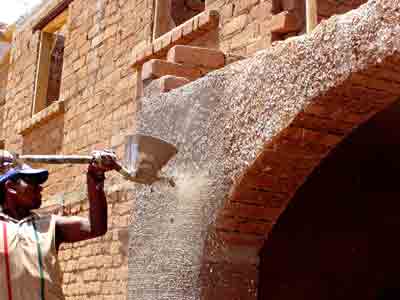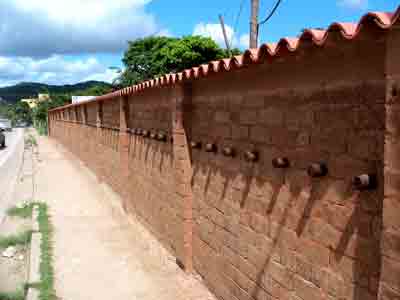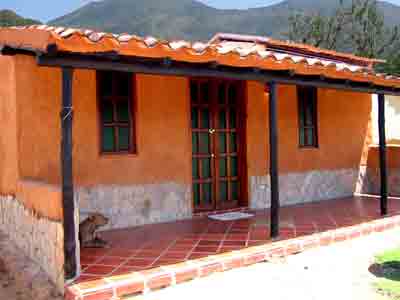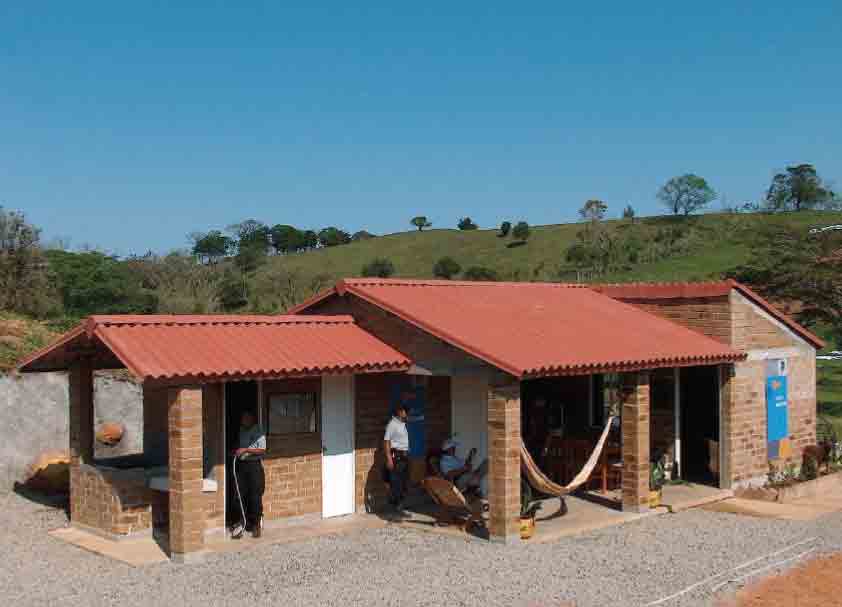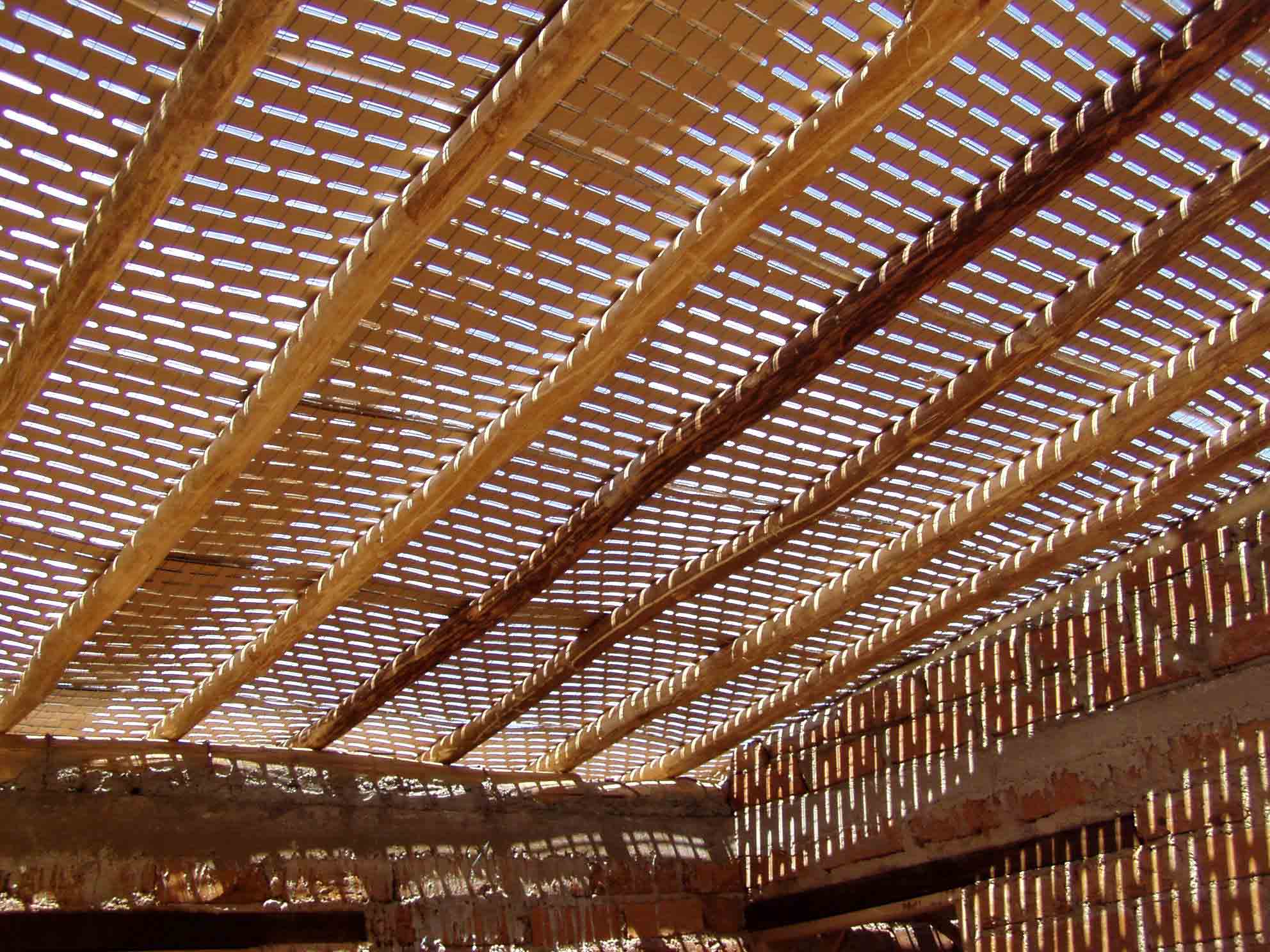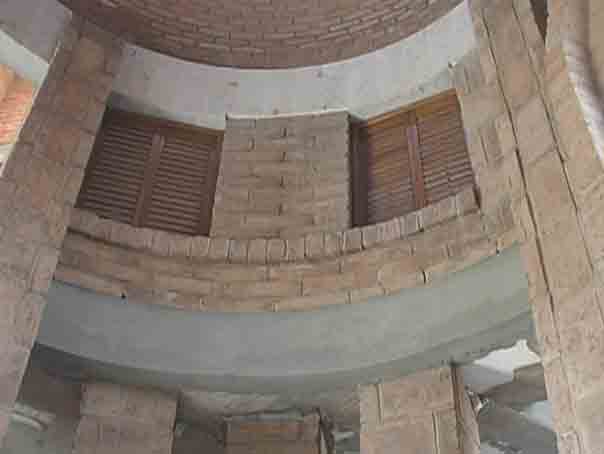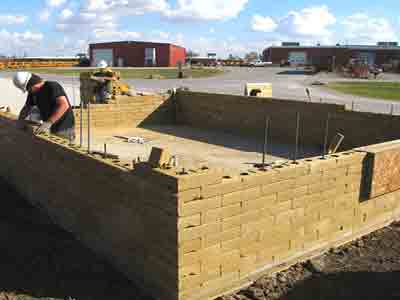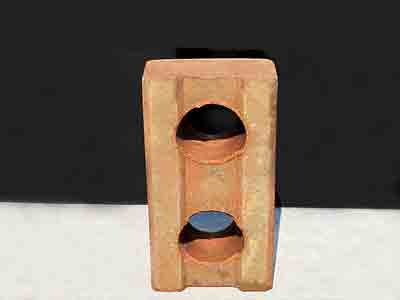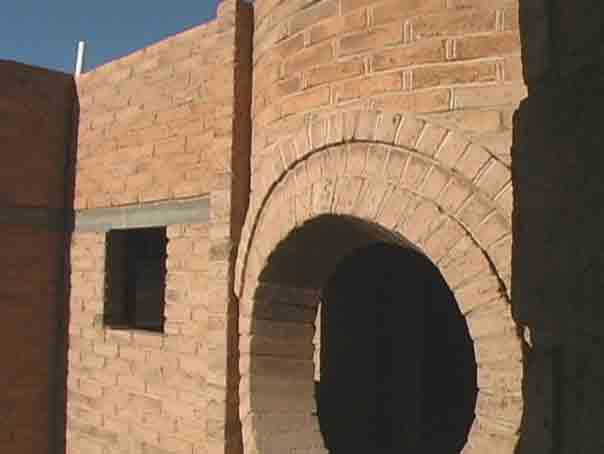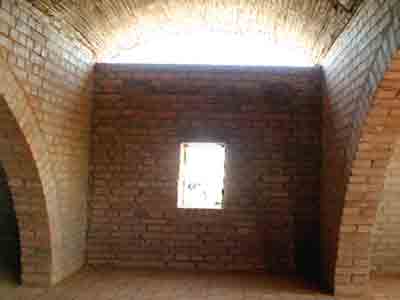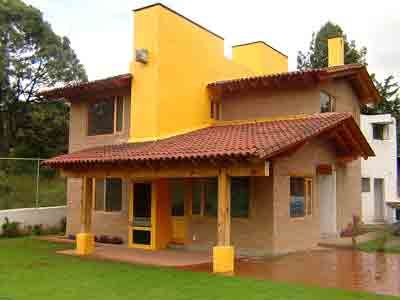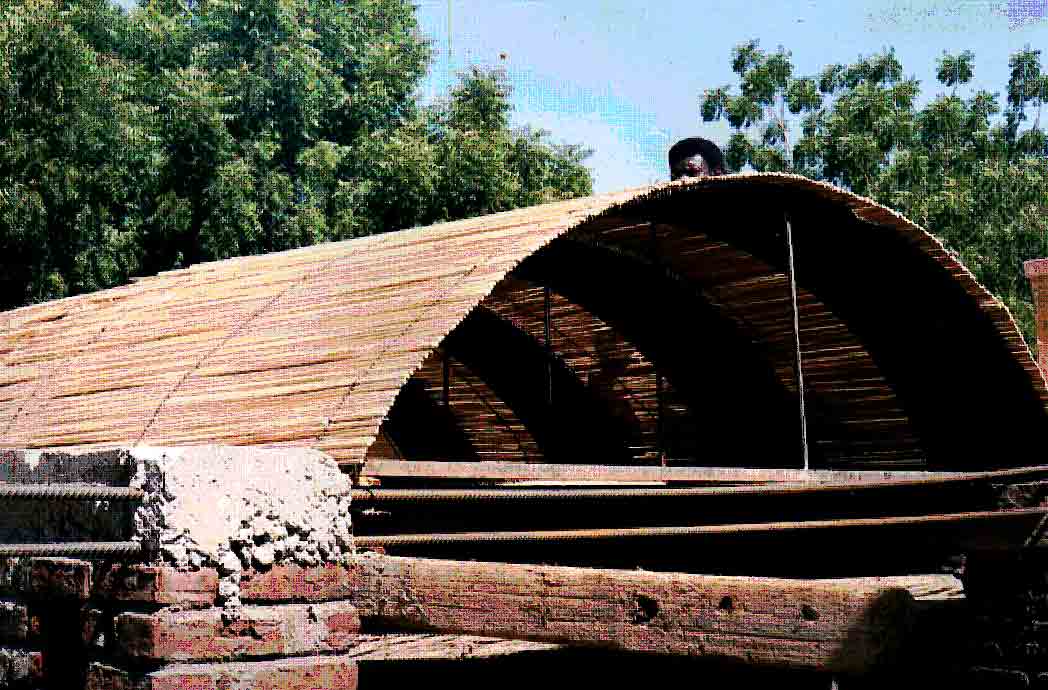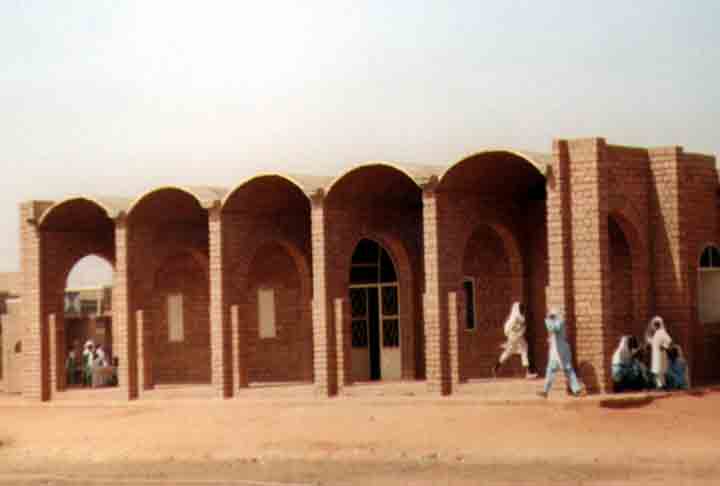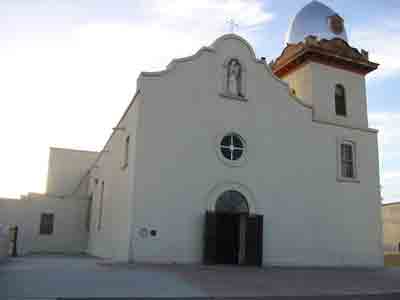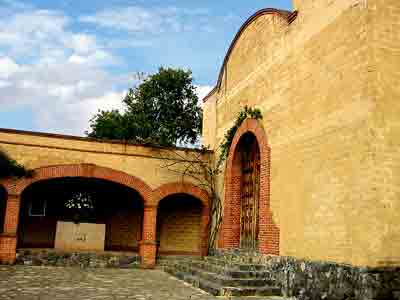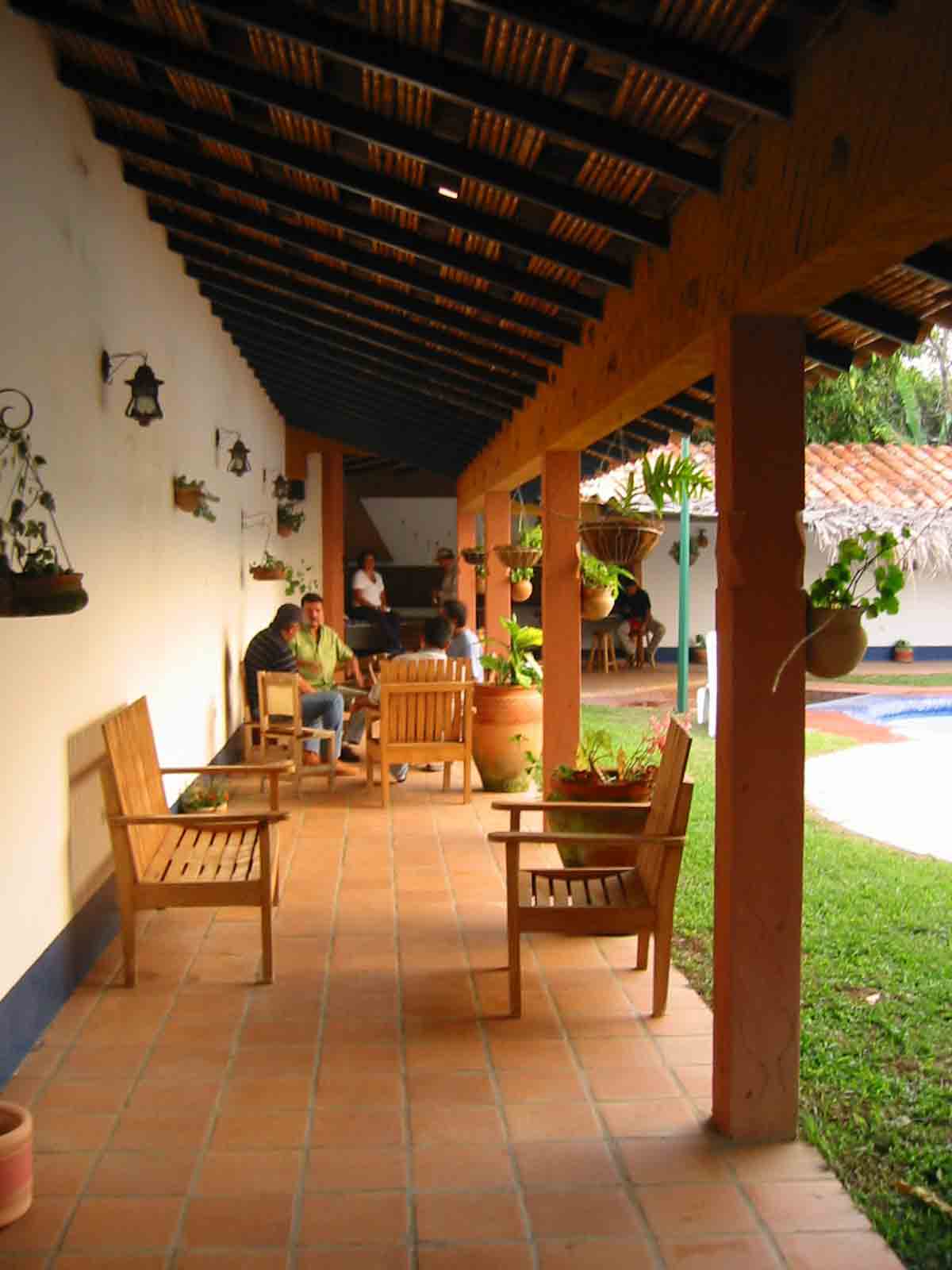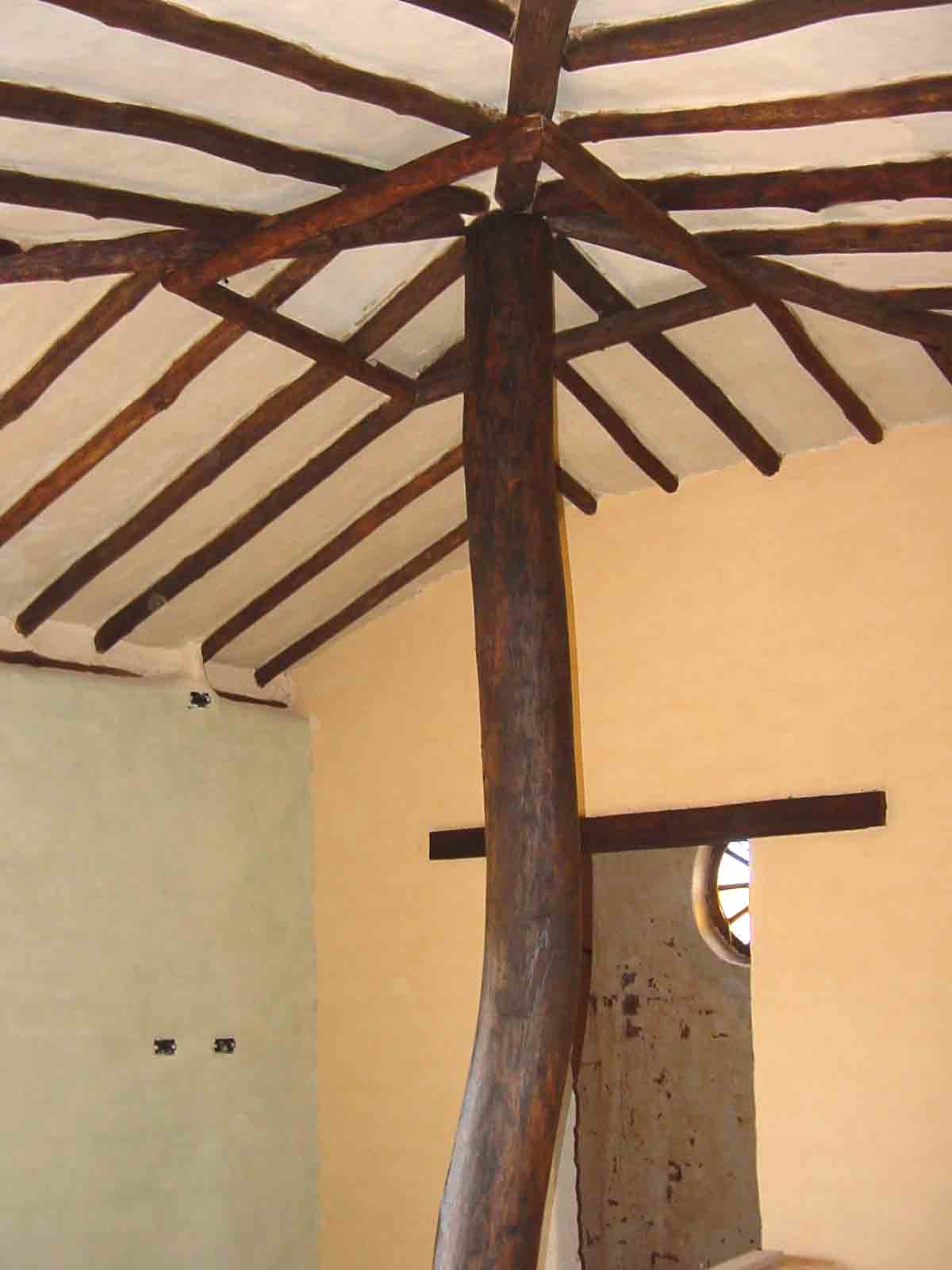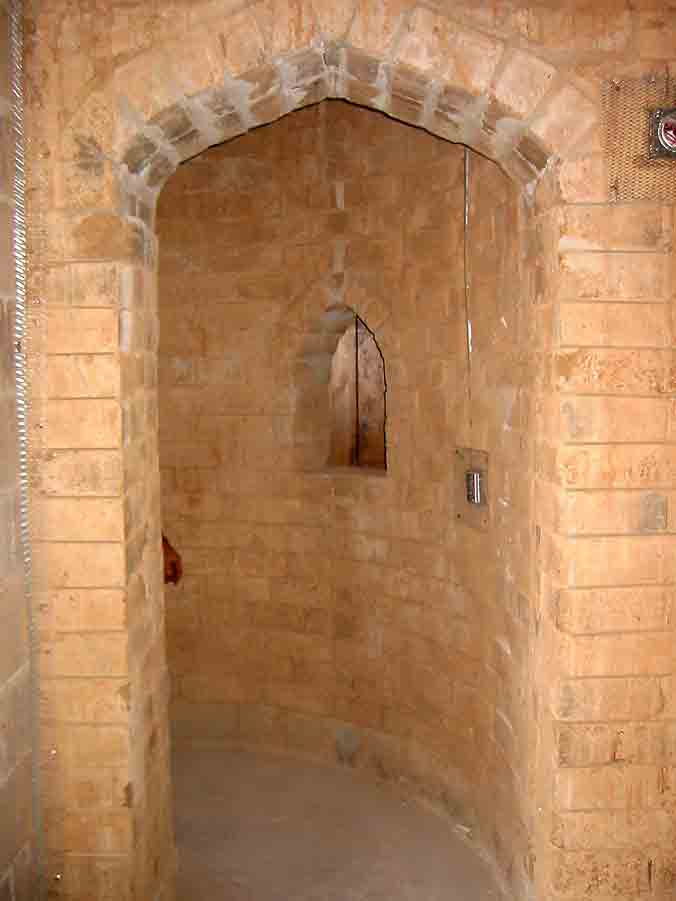Our Projects in San Felipe, MX
We are thrilled to showcase the versatility of our compressed earth blocks. Our blocks can be used to construct anything from custom-designed homes to complex buildings, and even simple social housing projects. The material’s aesthetic and technical compatibility with other building materials provide endless opportunities for creative design. Thanks to our company’s commitment to improving block design and quality, there are now very few limitations to structures built with compressed earth blocks. Our walls can be reinforced and, due to their weight, offer superior resistance to high wind conditions like hurricanes and tornados. We are proud to be part of the solution towards more sustainable and environmentally friendly construction practices while also providing durable, safe, and aesthetically pleasing structures for our clients.
Fire Pit
We provide a detailed design including list of how many Blox are needed and how much cement.
We will sell you the Baja Blox and if you want we can even come to your location to build it for you. Send us your location and ask us for a price quote.
Other Compressed Earth Block Projects
Cua House, Venezuela
Augusto Corrales, an esteemed engineer and developer from Cúa, Miranda State, Venezuela, has been involved in numerous large-scale projects, including constructing over 1,000 homes in recent years. To further improve his construction methods, two of his trusted engineers spent two weeks to learn how to build using Compressed Earth Blocks (CEB). Upon returning, they built a demo house with CEBs on a site where Sr. Corrales had already built 300 houses using cement blocks. Their goals were twofold: first, to compare the cost of CEB construction with concrete block construction, and second, to gauge potential buyers' reactions to this type of construction.
The results were surprising: The CEB-built house reduced construction costs by 20% using the same floor plan and area as the concrete block houses. The cost savings were achieved by using a wooden ceiling instead of metal panels and using ceramic tiles for flooring instead of concrete. Additionally, potential buyers overwhelmingly preferred the new CEB design. As a result, Sr. Corrales had to price the CEB houses 15% higher than the concrete block houses, even though they cost 20% less to build. This pricing strategy was necessary to sell the remaining concrete houses, and it ultimately helped to increase the adoption of sustainable construction practices in the region.
As a small business from San Felipe, Mexico, we understand the devastating impact that natural disasters can have on small rural communities. In September of 2013, a dam broke near Acapulco and unleashed a massive flood that destroyed everything in its path, leaving more than 200 families homeless. However, through a joint effort between the government and Echale a tu Casa, a sustainable rebuilding project was initiated on June 7th, 2014. The project involved constructing nearly 200 homes, a school, and a church, all built using Echale a tu Casa’s innovative building model. What’s more, the community itself has been providing the labor for the project, creating job opportunities and a sense of ownership in the rebuilding process. Thanks to Echale a tu Casa’s model, which has been used to build over 30,000 homes across Mexico, we can help rebuild communities in a sustainable and equitable way.
Impact Nepal uses interlocking bricks as a sustainable and cost-effective building material for homes, schools, and community infrastructure projects in Nepal. Interlocking bricks are preferred for their durability, insulation properties, and earthquake resistance. The organization trains local communities in the interlocking brick-making process and empowers them to build their own homes and contribute to community projects. This approach promotes sustainable building practices and supports the economic empowerment of local communities. Impact Nepal’s use of interlocking bricks helps to create a more sustainable future for Nepal by reducing the use of traditional building materials, such as fired bricks and cement, which have negative environmental impacts.
Margarita, Venezuela
This sustainable housing project on Margarita Island not only offers unique, custom-built homes constructed using a combination of compressed earth blocks, stone, wood, brick, and ceramic materials but also promotes a sense of community through shared amenities. As a gated community, the project offers privacy and security to residents, but the emphasis on sustainability ensures that the development is also sensitive to the local environment and economy. The use of locally sourced materials and sustainable building practices provides local job opportunities and empowers the community with the knowledge and skills to build homes that are not only beautiful and functional but also environmentally responsible. Furthermore, the community building with a shared swimming pool and barbecue offers a space for residents to come together and build lasting relationships.
Projects from around the world
The use of Compressed Earth Blocks (CEBs) in construction projects worldwide is contributing
to a more sustainable and eco-friendly planet. By utilizing locally sourced materials,
CEB projects help to reduce the environmental impact associated with traditional
construction materials like concrete and steel. CEB buildings also have excellent
thermal properties, reducing energy consumption for heating and cooling, and helping
to mitigate the effects of climate change. Moreover, the use of CEBs creates local
job opportunities and promotes community development by empowering local communities
with the skills and knowledge to construct their homes and buildings sustainably.
Overall, the increasing adoption of CEB construction worldwide is a positive step towards
creating a more sustainable and equitable planet.
